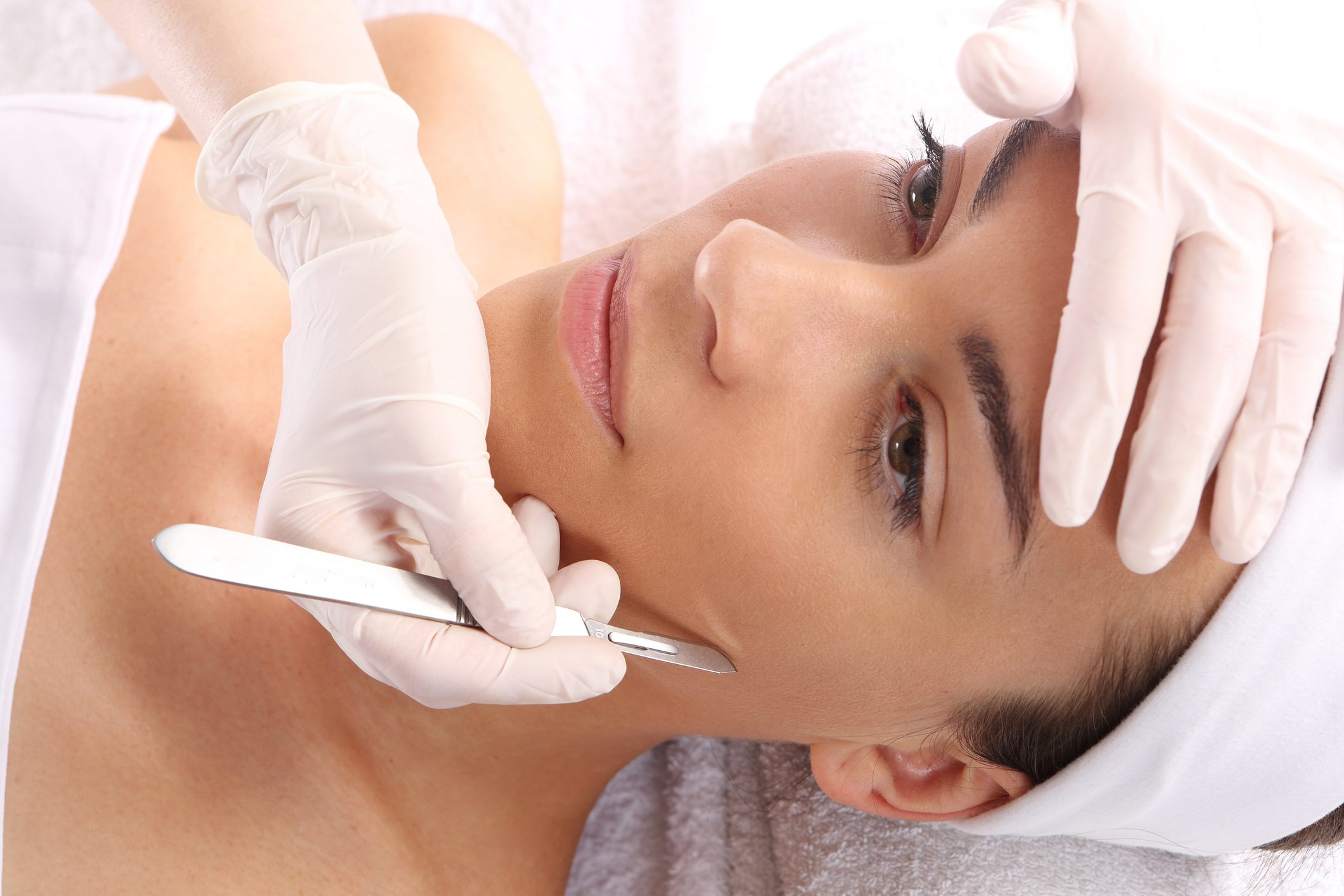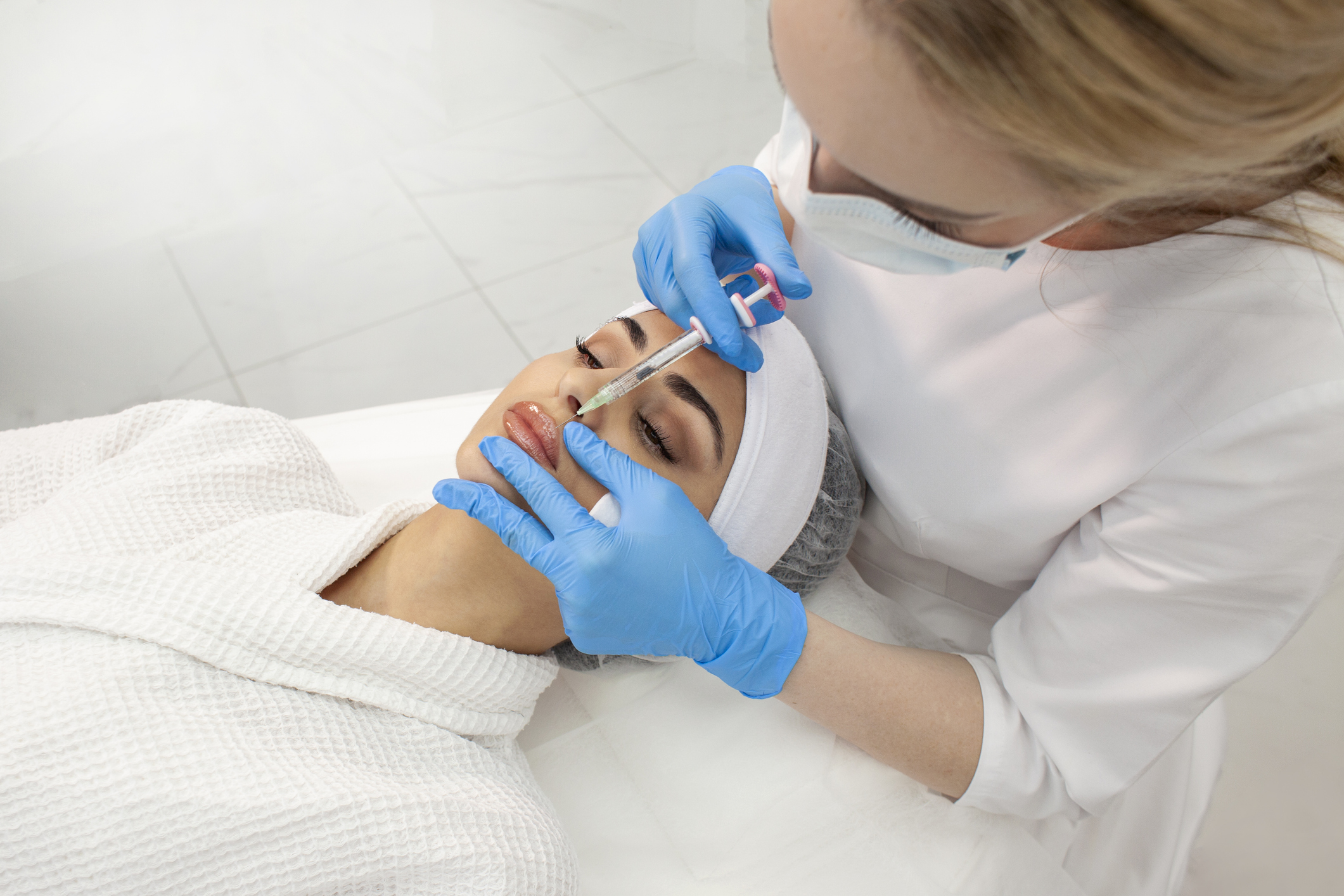Terms and Conditions for in Academy Courses
About these terms and Conditions; in these terms and conditions “we”, “our”, and “us” refer to Beauty Worx Aesthetics Training Academy LTD and “you” and “your” refers to the person purchasing a training course at Beauty Worx Aesthetics LTD.
General Conditions of Booking
Beauty Worx Aesthetics LTD reserve the right to decline admission to any of our training courses.
Beauty Worx Aesthetics LTD reserve the right to cancel or change planned training courses in terms of dates, locations and course content. You will be notified in advance of any changes and an alternative date will be offered. We will not offer a refund if we need to change a date.
Irrespective of circumstances, Beauty Worx Aesthetics LTD accept no liability for any loss of earnings or expenses incurred by you or any models should a course need to be cancelled or rearranged.
Our 14 day “cooling off period” applies for individuals booking courses. Should you wish to cancel or amend a course please get in touch with us to do so. Please note, once an individual has gained access to our study materials (either via email or through Teachable) you have waived the right to any cooling off period by accessing them and agreeing to these terms.
You must wear suitable attire when coming into the academy such as tunics, scrubs, uniform or all black clothing. Denim and sports wear are not suitable to be worn. Long hair must be tied up, jewellery should be minimum and nails should be cut short.
If ID is required, you must bring photographic ID such as a passport or driving license. Failure to do so may lead to you not being able to train.
If you arrive more than 15 minutes late to a course and you fail to get in touch to let us know you are running late, you may not be allowed on to the course. No refund will be given and you will forfeit your place on the course.
Paying for your Training Course
You may pay for your course online through our website or via bank transfer when given the necessary details.
You can pay for your course in the following ways:
- Payment in full – you are required to pay the full price of your course prior to attending your training course. An order confirmation will be sent within 24 hours of payment being received.
- Deposit – a 20% deposit is required to secure your place on a training course. You can then pay the remaining balance the day before your training course starts. We will contact you to arrange when payments will be made.
- Payment Plan – a 20% deposit is required to secure your place on a training course. We will then contact you to arrange a payment plan and discuss the amount and what dates they will be made. If full payment is not received when you come into the academy, you will not receive your certificates straight after the course has ended. Once all payments have been made, we will then send them out to you via post or email.
- Payl8r – if you choose to pay your course balance with Payl8r, we will send you a link to complete the form and agree payments with them.
It is your responsibility to ensure that the balance is paid in full. Failure to do so may result in your course place being cancelled and you will not be allowed to come back to the academy to train in the future.
Cancelling your Training Course Booking
We understand that sometimes plans change and you may need to change your arrangements. This may be out of your control and we will do our best to accommodate you if you would like to change the date; however, if you wish to cancel, the following conditions apply.
Courses can be cancelled 14 days in advance of the day you are due to come in to the academy. All cancellations must be made in writing via email [email protected] or via phone 0151 245 5795. In some cases, you may incur a 50% admin charge of the full price of the course. This is to cover the cost of finding models for the training day and staffing costs.
Delegates may choose to independently arrange insurance to provide indemnity against possible cancellation. Beauty Worx Aesthetics Training Academy LTD do not provide any cancellation insurance but recommend that you have your own insurance in place should a course be cancelled last minute either by us or you.
We do not issue refunds for Acts of God. This is defined as an event outside of human control such as sudden floods, earthquakes or other natural disasters, for which no one can be held responsible. This also includes weather-related issues.
If Beauty Worx Aesthetics Training Academy LTD chooses to cancel a course due to an Act of God, then it is not liable for any loss resulting to the customer as a result of this cancelled course.
Beauty Worx Aesthetics Training Academy will make all reasonable effort to replace a cancelled course by arranging an alternative date but this cannot be guaranteed. Where the majority of customers for that course have been effected, this will be made free of additional charge.
Courses that include registration with an OFQUAL awarding body can not be cancelled once you have been registered under any circumstances. Once registered, the full outstanding balance of your invoice must be paid as per your invoice. Any outstanding invoice balance will be pursued.
Amending your Training Course Booking
Should you wish to amend your booking by changing your course date, the following terms and conditions apply:
All requests to change a course date must be made via our email address [email protected] or via our phone 0151 245 5975. If this is done within 14 days of your original course date, you may incur an additional charge.
Beauty Worx Aesthetics LTD cannot guarantee you a place on your chosen alternative course date. If a place cannot be provided on your preferred date, we will give you a list of other dates for you to choose from.
We may not be able to offer you a new date and the original date will need to stay booked.
You are not able to transfer the course to another practitioner.
Insurance and Regulation
Whilst learning on premises at Beauty Worx Aesthetics Training Academy LTD, you will be covered by our group insurance policy.
You are responsible for ensuring you can gain appropriate insurance cover to work in your own country you wish to practice in. Beauty Worx Aesthetics Training Academy LTD does not offer refunds if you find you are not able to gain appropriate insurance, or an insurer declines or terminates your insurance.
You are responsible for ensuring that you comply with statutory and legal obligations in the country that you practice in including but not limited to CQC, HIS, HIW.
Contacting Beauty Worx Aesthetics Training Academy LTD
You can contact us in any of the following ways:
- By telephone 0151 245 5795
- By email at [email protected]
- By our Business Whatsapp 07960 196848
- On our social media; Instagram and Facebook Beautyworxaestheticstraining
Data Protection
In booking a training course with Beauty Worx Aesthetics Training Academy LTD, you agree to us using any data you submit in order to process your order and for future marketing purposes.
Your details will not be transferred to any other third party without your written consent.
Complaints
Beauty Worx Aesthetics Training Academy LTD take pride in the quality of its service and as such will try to resolve any complaints as quickly as possible.
Any complaints should be made in writing by email to [email protected]
Complaints received will be acknowledged by return email or letter within one week of receipt.
We do not offer refunds for training courses undertaken.














 Reviews
Reviews